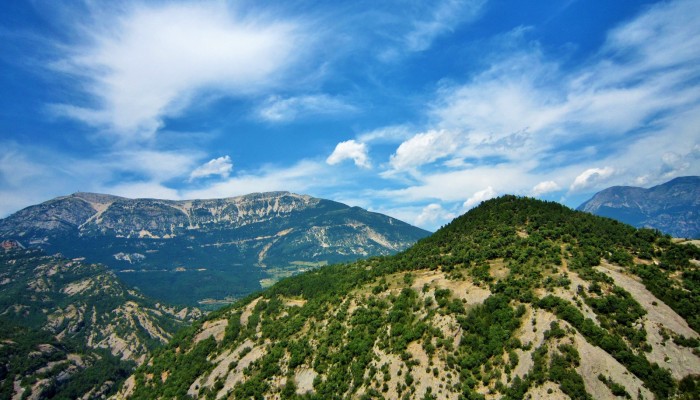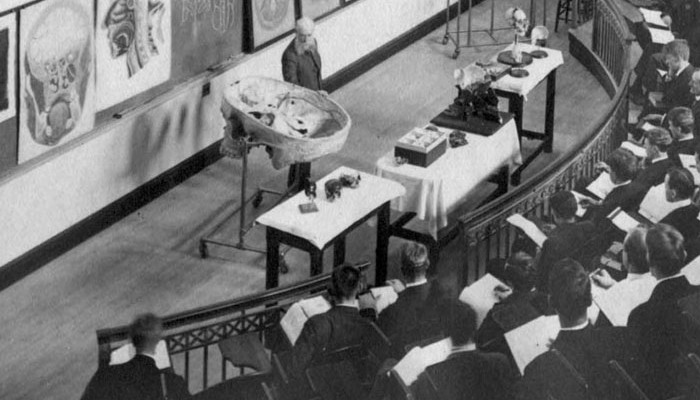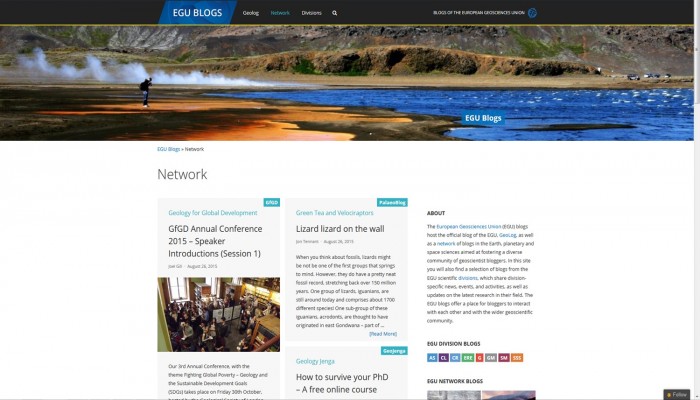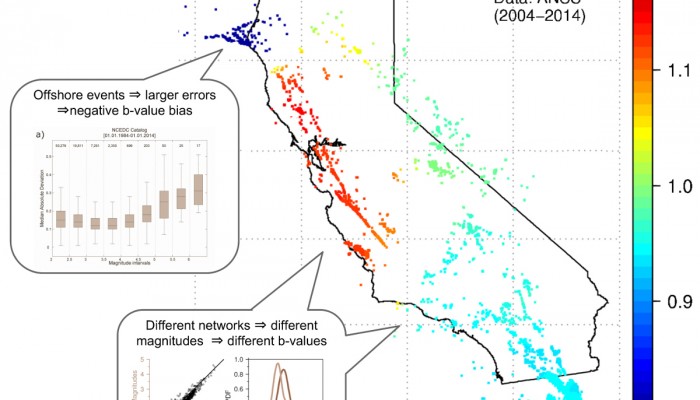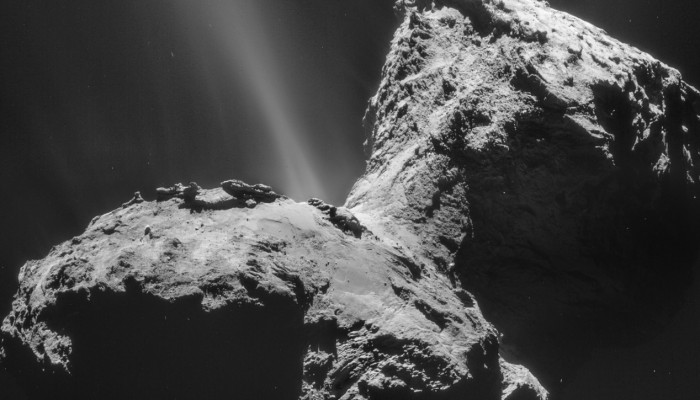This was originally posted at: http://exchanges.wiley.com/blog/2015/08/26/the-rise-of-open-research-data/ As a junior researcher in the UK, it has given me great pleasure over the last few years to see the dramatic development of open access publishing. Most major research funders in the UK now require public access to published research articles in one form or another, and many other research int ...[Read More]
If you didn't find what you was looking for try searching again.
Green Tea and Velociraptors
New open access journal to publish entire research cycles
Say hello to Research Ideas & Outcomes (RIO), a new open access journal, formally open for business today! The new journal represents a useful addition to traditional publishing, in that it will publish research from all stages of the research cycle, across a broad suite of disciplines, from humanities to science. Traditionally, journals accept articles that are the final product of the resear ...[Read More]
GeoLog
Imaggeo on Mondays: Mola de Lord
From the easterly Atlantic waters of the Bay of Biscay to the Catalan wild coast (Costa Brava) in the west, the Spanish Pyrenees stretch 430 km across the north of the country. At the foothills of the Catalan Pyrenees you’ll find the Pre-Pyrenees. Despite not reaching the soaring heights of the peaks of the Pyrenees, they nonetheless offer important insights into the geology of the range and stunn ...[Read More]
GeoLog
GeoEd: A Framework Too Far?
In this month’s edition of GeoEd, Sam Illingworth, former ECS PC representative and Lecturer of Science Communication at Manchester Metropolitan University, talks about a new framework introduced by the UK government to measure the quality of teaching at higher education institutions. Although Sam explores the issue from a UK perspective, there is no doubt cross over within the European realm. Als ...[Read More]
GeoLog
Join the EGU Blog Network!
After announcing earlier this week that we are sadly saying goodbye to the EGU network blog Between a Rock and Hard Place, the time has come to find a new blog to take their place. If you are an Earth, planetary or space researcher (a PhD student, an early career scientist, or a more established one) with a passion for communicating your work, we’d like to hear from you! We currently feature blogs ...[Read More]
Green Tea and Velociraptors
SVPCA 2015
This year, the 63rd Symposium for Vertebrate Palaeontology and Comparative Anatomy is taking place alongside the 24th Symposium of Palaeontological Preparation and Conservation with the Geological Curators’ Group (what a mouth-full..), at the National Oceanographic Centre in Southampton. I don’t have much to say about this conference, as I’m heading to it’s international co ...[Read More]
Green Tea and Velociraptors
A thought on impact factors
OK, bear with me on this one. It’s a bit of a thought dump, but it would be interesting to see what people think. You can’t go anywhere in academia these days without hearing about impact factors. An impact factor is a metric assigned to a journal that measures the average number of citations per article over the preceding two year interval. It was originally designed to help libraries ...[Read More]
GeoLog
GeoTalk: Wouter Berghuijs, Union Level Early Career Scientist Representative
The EGU offers a platform for early career scientists (ECS) to become involved in interdisciplinary research in the Earth, planetary and space sciences, through sessions, social events and short courses at the annual General Assembly in April. One of the ways of ensuring that the voice of the Union’s ECS membership is heard is via the division early career scientist representatives. Feedback gathe ...[Read More]
Seismology
To b, not to b, or to b with Voronoi?
The b-value is that parameter of the Gutenberg-Richter relation which controls the ratio of small to large earthquakes. Intriguing temporal and spatial variations of the b-value have been reported in recent years, for example sudden b-value changes at active fault zones. Are such sharp spatial b-value variations merely a result of crude undersampling? To address this unsettling question, a recentl ...[Read More]
GeoLog
Geosciences Column: What made the comet sing?
Late last year the Rosetta’s Plasma Consortium (RPC) announced that Comet 67P/Churyumov-Gerasimenko, which the European Space Agency’s Rosetta spacecraft has been studying since August 2014, was singing into space. Now, in a paper published today in the EGU’s open access journal Annales Geophysicae, the RPC team reveals more details about 67P’s song, including why the comet was singing. The sounds ...[Read More]

